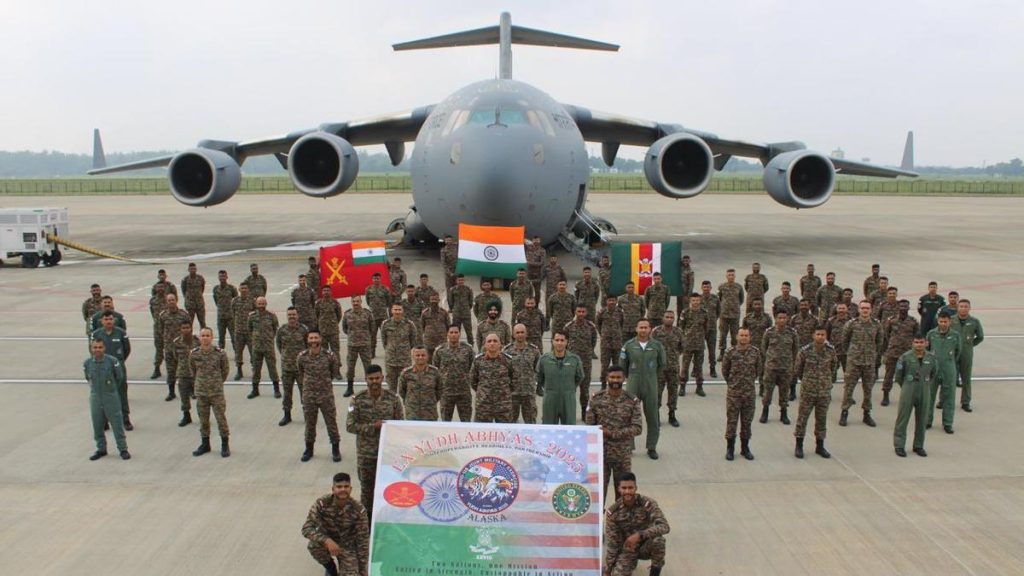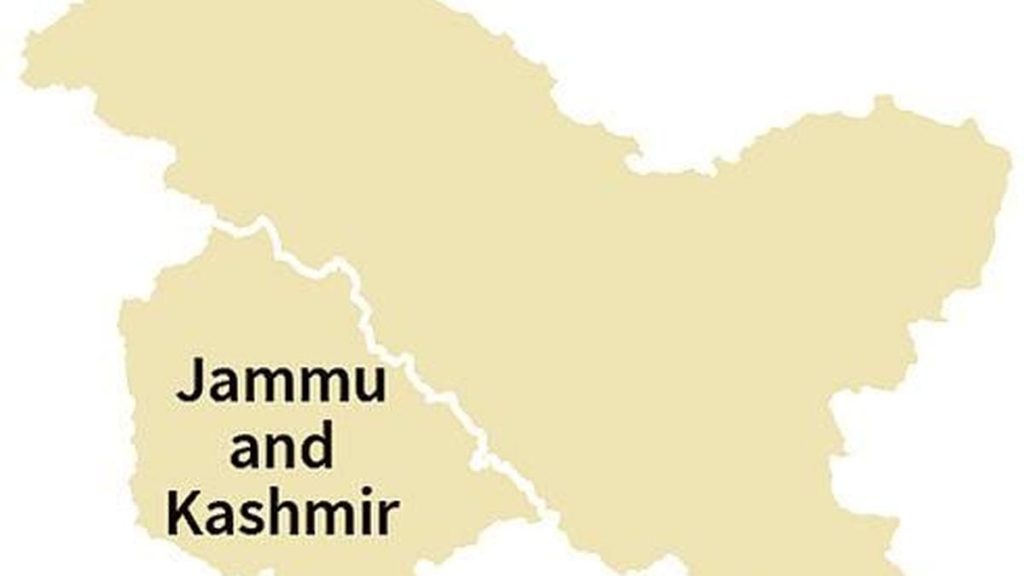Now Reading: Recognizing Women Drug Users: A Growing Need
-
01
Recognizing Women Drug Users: A Growing Need
Recognizing Women Drug Users: A Growing Need

Rapid summary
- Drug Crisis in J&K: In 2022, data from the Ministry of Social Justice and Empowerment showed a significant prevalence of substance use in Jammu and Kashmir (J&K):
– 1.08 lakh men and 36,000 women used cannabis.
– 5.34 lakh men and 8,000 women consumed opioids.
– Sedatives were used by approximately 1.6 lakh men and over 8,000 women.
– Inhalant addiction was reported among about 1.27 lakh men and nearly 7,000 women.
- Women Drug Addiction: Women make up around 7% of drug users in J&K (~62,000 individuals). Reasons include political unrest-related anxiety, grief from conflict losses (husbands/sons), unemployment stress, marital problems, gender-based pressures, abuse for drug peddling purposes or family introductions to drugs.
- Social & Structural Neglect: Women addicts face social stigma that isolates them further:
– No female-only rehab facilities exist; J&K has only one rehabilitation center overall.- Few female counselors are available despite documented abuse cases during addiction or peddling activities.
– No public infrastructure exists encouraging open dialogue among addicted women.
- Heroin Addiction Surge: Steady heroin supply into the Valley occurs via cross-border smuggling networks aided by local dealers; highway monitoring is deemed crucial to disrupt the supply chain.
- Government Action: Authorities have started attaching properties worth crores belonging to drug suppliers as deterrence but face ethical concerns about providing humane rehabilitation systems for offenders alongside punitive measures.
- Proposed Solutions: Public awareness campaigns reframing addiction as a chronic brain disorder rather than moral failing are recommended alongside gender-sensitive care approaches like village-level women’s support groups and better-funded facilities tailored towards privacy-centric therapeutic services specifically designed for female addicts.
Indian opinion Analysis
The worsening drug crisis in Jammu & Kashmir highlights an urgent public health issue with far-reaching societal consequences-especially concerning vulnerable populations such as women struggling with both substance abuse disorders and systemic neglect due to deeply ingrained stigmas regarding their conditions.The data emphasizes that while much focus traditionally remains on male addiction impacts within historical conflict zones like these-the growing intersection between heroin expansion effects upon young Kashmiri females merits prioritizing preventative intervention tailored toward structural inclusiveness reforms ensuring not-only access recovery options rehabilitations-list ability-but also fewer barriers accessing empathetic treatment-social reintegration spaces necessary dignity beyond mere punishment responses logistical crackdowns criminal distributory nexus concerns residents alike therein.Tackling root causes through coordinated state-national joint mechanisms-goal enduring precarity alleviation forefront too transitional model pathways multisector might ideal regional strategies cross-segmentality operational targeting>>”






















